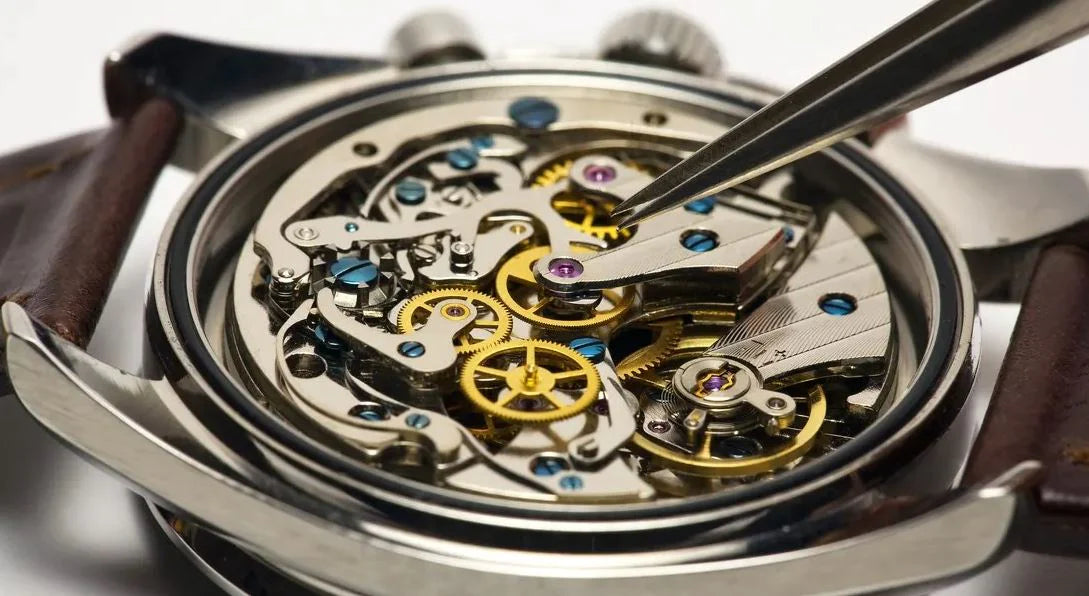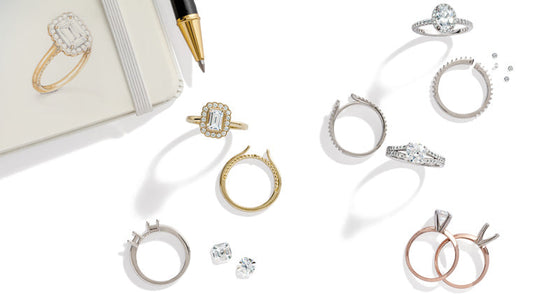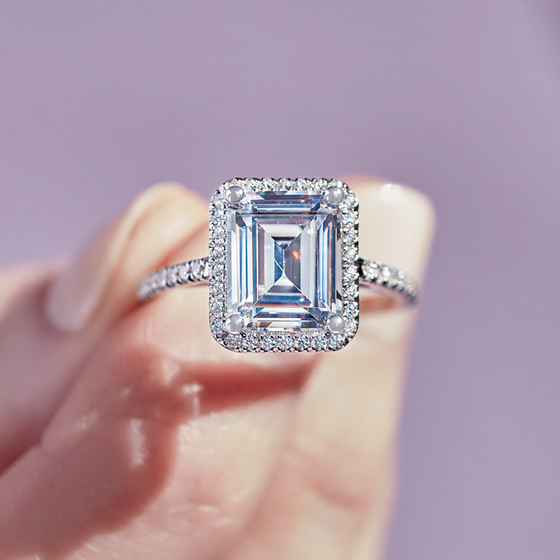April 10, 2023

The intricacies of watch movements are one of the most fascinating aspects of horology, the study of timekeeping. These tiny mechanical wonders continue to captivate watch enthusiasts worldwide. In this extensive guide, we'll explore the different types of watch movements, their mechanisms, and their unique characteristics. So, grab a cup of tea and let's delve into the captivating world of timekeeping!
Mechanical movements are the oldest and most traditional form of watch movements. They are revered for their craftsmanship, complexity, and the sense of connection they provide to the rich history of horology.
a. Manual-winding movements
Manual-winding, or hand-wound, movements are powered by a mainspring that needs to be wound periodically by hand. The energy stored in the spring is released gradually, driving the watch's gears and enabling it to keep time. Some manual-winding watches feature a power reserve indicator to help the wearer keep track of when the watch requires winding.
b. Automatic movements
Automatic, or self-winding, movements harness the kinetic energy generated by the wearer's wrist movements. A rotor, or oscillating weight, spins as the wearer moves their arm, winding the mainspring and providing power to the watch. When not worn, automatic watches can be kept wound using a watch winder.
Quartz movements revolutionised the watch industry in the 1970s, offering improved accuracy and affordability. They are powered by a battery that sends an electrical current through a tiny quartz crystal, causing it to oscillate at a precise frequency. This oscillation regulates the watch's timekeeping.
a. Standard quartz movements
Standard quartz movements are the most common and affordable type. They offer excellent accuracy, usually within a few seconds per month. Quartz watches typically have a ticking motion for the seconds hand.
b. High-accuracy quartz movements
High-accuracy quartz movements utilise advanced technology to achieve even greater precision, often within a few seconds per year. These movements may incorporate features like temperature compensation and auto-adjustment for daylight saving time.
c. Solar-powered quartz movements
Solar-powered quartz watches contain photovoltaic cells that convert sunlight or artificial light into electrical energy, recharging the watch's battery. This eco-friendly option helps reduce battery waste and can last for years without needing a battery replacement.
Hybrid movements combine elements of both mechanical and quartz watch movements, offering the best of both worlds.
a. Mecha-quartz movements
Mecha-quartz movements use a quartz crystal to regulate timekeeping, while the chronograph functions are powered by a mechanical module. This combination provides the accuracy of a quartz watch with the smooth sweep of a mechanical chronograph seconds hand.
b. Spring Drive movements
Developed by Seiko, Spring Drive movements utilise a mechanical mainspring for power, while an innovative electro-mechanical regulator controls the speed at which the mainspring unwinds. This unique system offers the smooth, continuous motion of a mechanical movement with the accuracy of a quartz watch.
Conclusion
Understanding the different types of watch movements is essential for any timepiece enthusiast. Whether you prefer the traditional craftsmanship of mechanical movements, the precision of quartz movements, or the innovative fusion of hybrid movements, there's a world of horological marvels waiting to be discovered. Embrace the beauty and complexity of watch movements, and you'll gain a deeper appreciation for the art of timekeeping.

October 07, 2025
We’re celebrating the season with 20% off everything in stock and up to 70% off selected lines. It’s the perfect time to pick up gifts or treat yourself.

May 04, 2025
Choosing between custom and ready-made jewellery isn’t about which is better—it’s about what best fits your occasion and vision. At Moores Jewellers, we offer both: expertly crafted ready-made pieces for immediate beauty and fully bespoke designs that bring your personal story to life. Discover which option suits your next special moment.

May 04, 2025
Not all jewellery is created equal—some pieces become cherished heirlooms, passed down and treasured through the decades. In this guide, Moores Jewellers explains how to choose designs, materials, and craftsmanship that stand the test of time, ensuring your jewellery becomes a lasting legacy.
